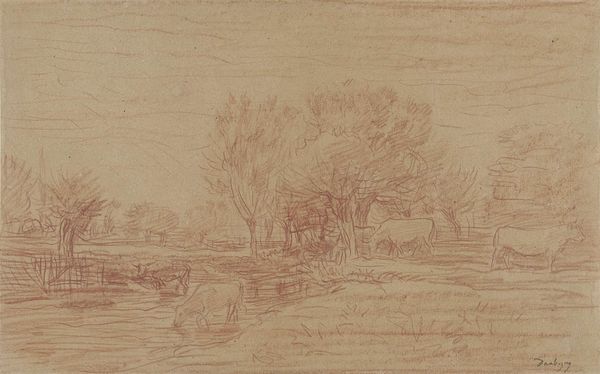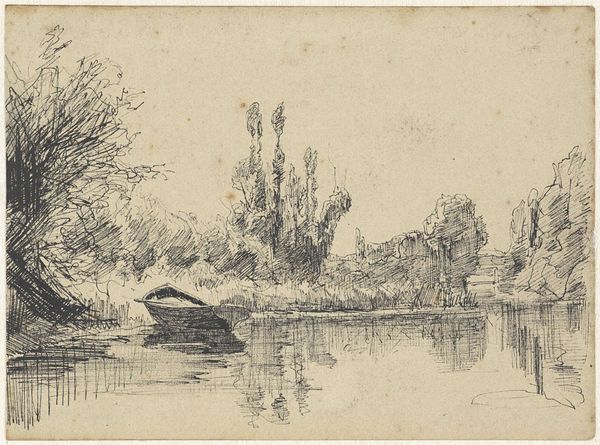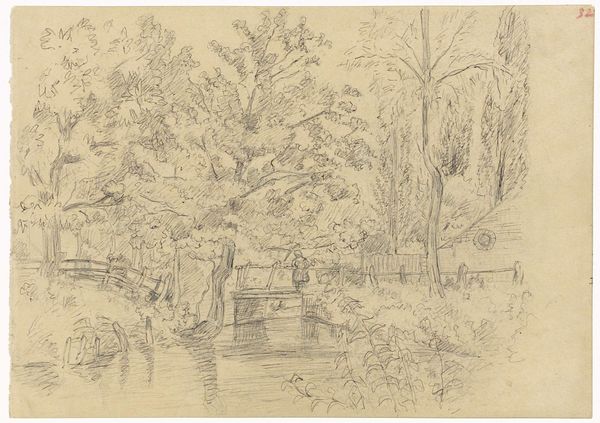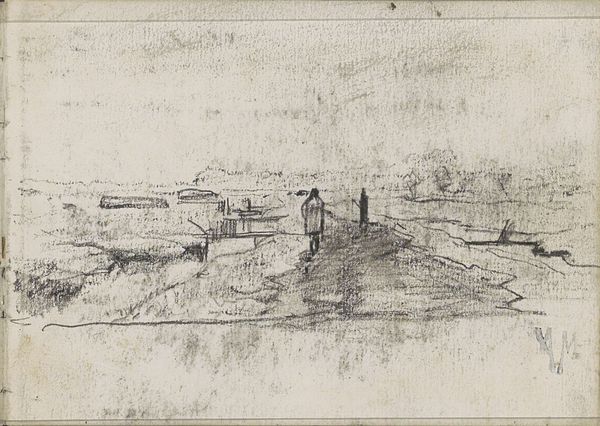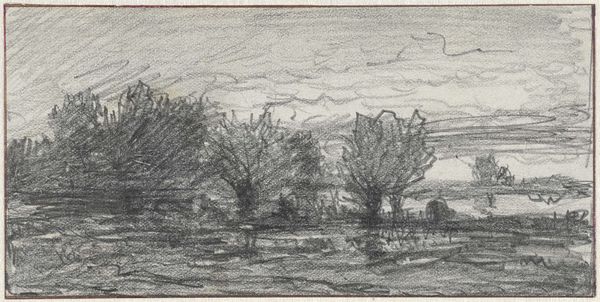
Copyright: Rijks Museum: Open Domain
This landscape with water and a mill was captured by Jozef Israëls in a charcoal drawing. The windmill, a dominant symbol here, speaks not only to the landscape of the Netherlands, but also echoes across art history as a marker of human ingenuity against the vastness of nature. Consider its presence in earlier Dutch Masters. Then think of Don Quixote tilting at windmills – the windmill morphs from a symbol of progress to an emblem of delusional idealism. This reflects a psychological tension: our ambition to control our environment against our vulnerability to nature's forces. The windmill's cyclical motion can represent the wheel of fortune or the relentless passage of time. This archetypal image taps into our collective memory. It is an emblem of cultural and historical forces which engage us at a subconscious level, resonating deeply within our shared human experience.
Comments
No comments
Be the first to comment and join the conversation on the ultimate creative platform.


